More Feline Images to Grace Our Lives
Today is about showing off more images of the fabulous felines which have been made by humans for thousands of years, much to the delight of our furry friends, who know they have been put on this Earth to rule over us.
Most of us have been taught that it was the ancient Egyptians who first tamed and bred pussy cats - back as early as the C20th B.C.
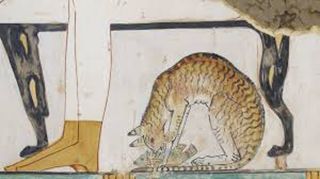
In ancient Egypt cats were represented in social and religious practices. Several ancient Egyptian deities were depicted and sculptured with cat-like heads, such as Mafdet, Bastet and Sekhmet, representing justice, fertility and power. The deity Mut was also depicted as a cat and in the company of a cat. 2
Here are two beautiful images of Bastet, also called Bast, the ancient Egyptian goddess worshiped in the form of a lioness and later a cat. The daughter of Re, the sun god, Bastet was an ancient deity whose ferocious nature was ameliorated after the domestication of the cat around 1500 BCE. 3
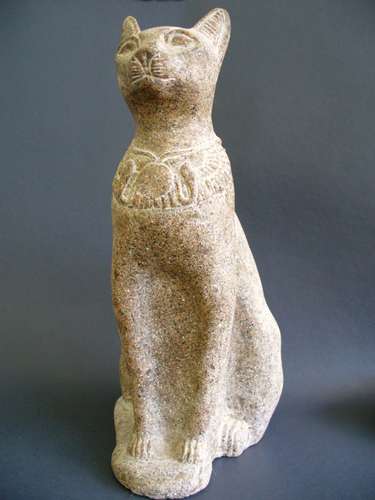
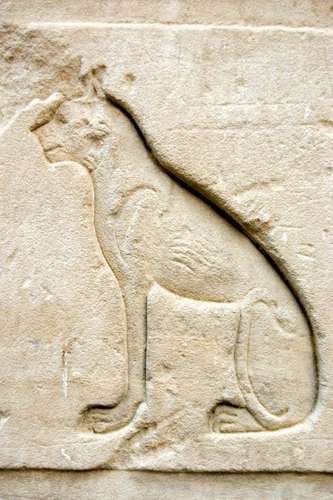
Of interest is that in 2004, archaeologists discovered a cat buried with what could be its owner in a Neolithic grave on Cyprus, suggesting domestication of cats had begun 9,500 years ago, several thousand years before the known relationship between cats and the Ancient Egyptians. The evidence comes from the Neolithic, or late stone age, village of Shillourokambos on Cyprus.
"The cat we found in the grave may have been pre-domesticated - something in between savage and domestic. Alternatively, it's possible it was really domestic," Professor Jean Guilaine, of the CNRS Centre d'Anthropologie in Toulouse, France, told BBC News Online.
It is thought the cats that lived on Cyprus might have looked a little like the African wildcat as shown below. What is important, however, is that there are no native feline species on Cyprus, so the researchers presume any cats must have been introduced by humans.4
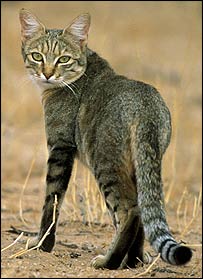
Moving now down into Asia, where it is known from archaeological research that cats have graced Asian households up to 5300 years ago. I have chosen this glorious C12th century print by Mao Yi (below) to represent the domesticated cats of Asia.

Let's now zoom ahead to the C17th, skipping over the ugly renditions of cats seen in most medievel paintings, and arrive at the Flemish School of painting which I love. I've chosen Gabriël Metsu (1629-1667) to show you how much cats became part of European households, and making sure they were pampered pets.
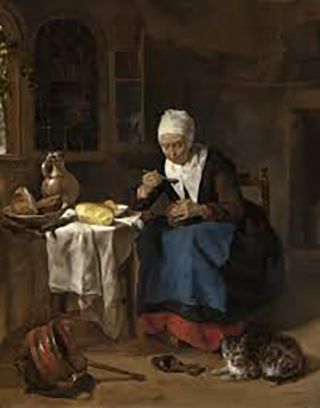
By the C19th the cats have won and taken over our lives and hearts completely. I didn’t want to swamp the post with chocolate box cats, which are hard to resist. But I will indulge our desire for pretty pictures of cute kittens with a couple of paintings done by Dutch-Belgian Romantic artist Henriette Ronner-Knip (1821-1909).
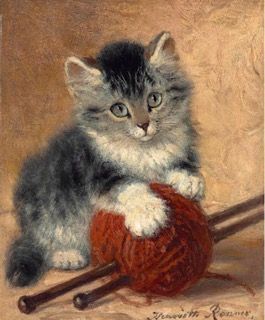
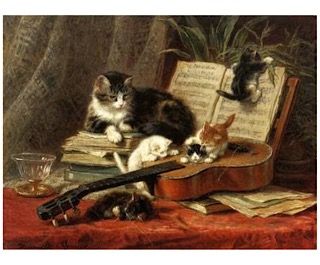
In dramatic contrast I love the cat drawings created by French artist Edouard Manet (1832-1883) based on his own cat Zizi. Manet made over 100 etchings and lithographs and the ones of cats are just wonderful. My favourite is The Cat Meeting.
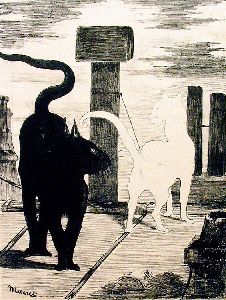
And so we see that cats and artists belong together, as was so graphically emphasised by the name and advertising poster, (below), for the first modern cabaret nightclub Le Chat Noir (The Black Cat), which operated in the bohemian Montmartre district of Paris from 1881 to 1897. This became the meeting place for famous artists - Toulouse-Lautrec being one of the most notable.
The poster was designed by artist Théophile Steinlen (1859–1923), a Swiss-born French Art Nouveau painter and printmaker. I mentioned Le Chat Noir when we looked at the puppeteer Pere Romeu who worked at Le Chat Noir before moving to Barcelona to help start a similar theatre cafe, Els Quatre Gats which took its name from Le Chat Noir.
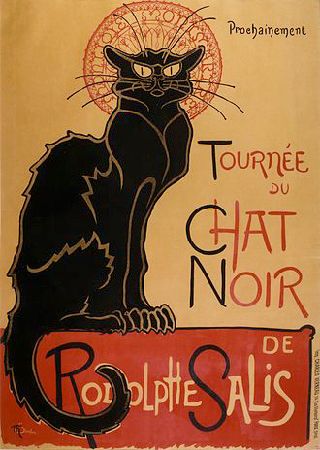
Moving through into the C20th I have chosen one of my favourite artists L.S.Lowry (1887-1976) to represent an English perception on cats.
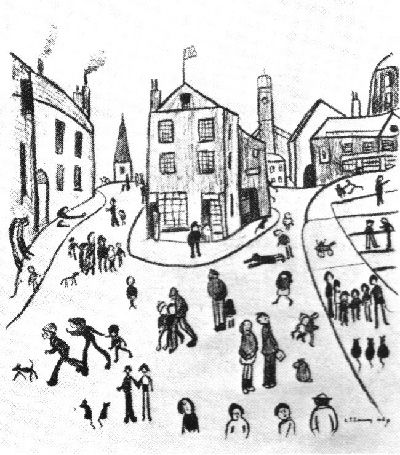
Into the C21th we see that cats are still very much in charge of their lives, and most likely, ours as well. This is my favourite cat statue, especially as the narrative behind the creation of the statue is delightful.
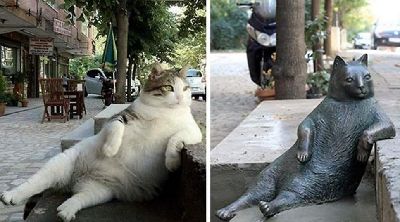
Tombili was a street cat whose love of lounging on her favourite seat in Istanbul has been preserved with a statue made by local sculptor Seval Şahin and inaugurated for World Wildlife Day on October 4, 2016.2
There is no better way to sign off today than with a wonderful photo taken by one of our subscribers, Chris O'Brien from New York, who has captured for me everything that The Cat embodies: beauty, dignity, intelligence, curiosity and self interest!
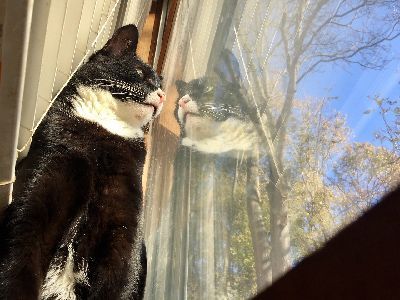
Credit
- sciencemag.org
- en.wikipedia.org
- britannica.com
- news.bbc.co.uk
- smithsonianmag.com/ Photo via Wikicommons/Museum of Japanese Art
- commons.wikimedia.org
- Encore Editions
- pinterest.com
- lowry.co.uk
- independent.co.uk
